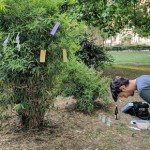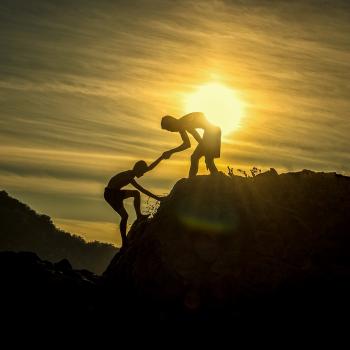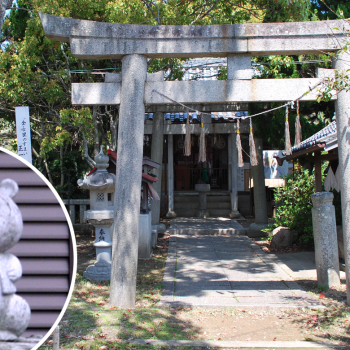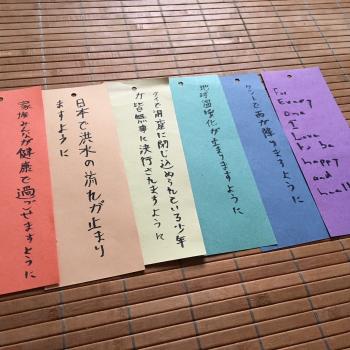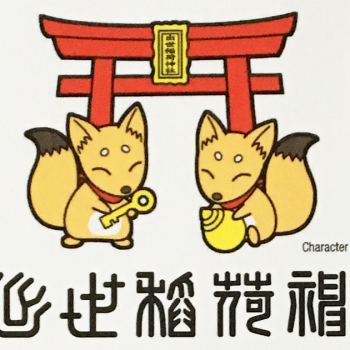It’s official: the Japanese island of Okinoshima has been declared a UNESCO world heritage site.
But half of the world’s population are banned from setting a foot on this island, simply on account of not being men.
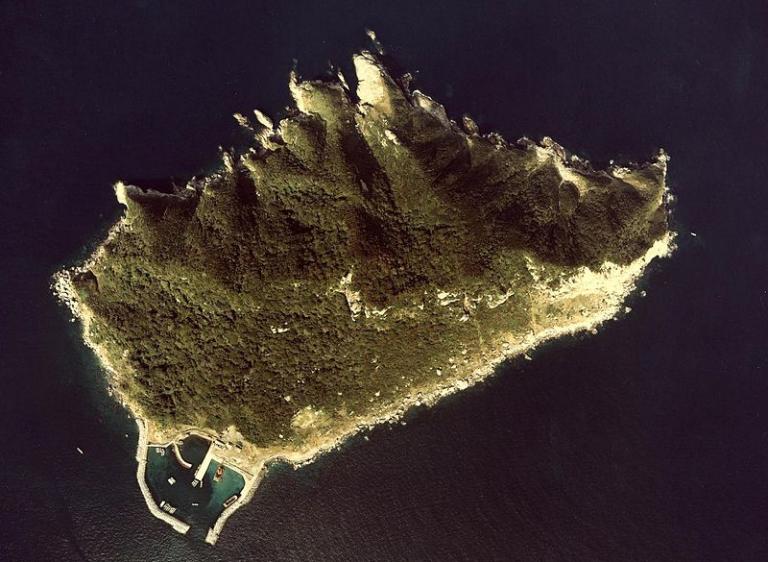
The island of Okinoshima off the coast of Fukuoka in Japan is an ancient, sacred Shinto site. Between the 4th – 9th centuries, rituals and prayers to promote safe ocean voyages were conducted there. To this day, Okinoshima is considered kami. In the 17th century a Shinto shrine, Okitsu, was built at one of the sites of ancient worship on the island. This shrine is dedicated to the kami Tagorihime, who is one of the three daughters of Susanoo, the kami of the ocean and storms.
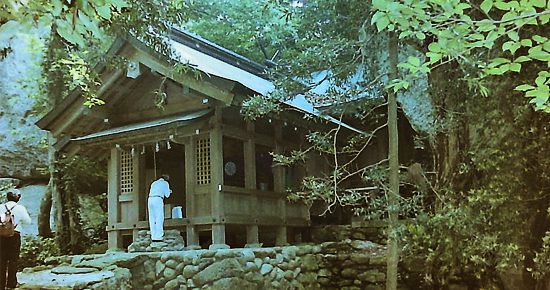
As is perhaps befitting of such a sacred place, there are strict rules regarding human presence on Okinoshima. Access to the island is largely limited to the Shinto priests serving Munakata Taisha (the group of three shrines to which Okitsu Shrine belongs) and up to 200 men once a year to honour sailors who died in a nearby naval battle during the 1904-05 Russo-Japanese war. Before setting foot on Okinoshima, visitors must strip naked and undergo misogi (ritual purification) by bathing in the sea. They are also prohibited from taking anything from the island – even something small like a pebble – and furthermore, they must not disclose any information about what occurs on the island during their visit.
But what is perhaps most controversial about Okinoshima is that women are completely barred from visiting the island under any circumstances.
Women in Shinto: Empowered or Impure?
It seems particularly strange that a site sacred to a goddess would prohibit women. But this taboo on women can be found throughout Shinto today. Although women can serve as Shinto priests, they remain rare; within Shinto institutions, women far more commonly serve as miko, who are assistants to the priests. Women are barred from serving in the higher ranks of some of the most important shrines in Japan, including Ise Grand Shrine. This again is ironic, since the main kami enshrined at Ise is Amaterasu Ōmikami, the Sun Goddess and widely considered the most important kami of all. Women are also prohibited from other sacred sites, including the top of Mt. Omine (another Unesco World Heritage site) and from dohyō (Sumo wrestling rings).
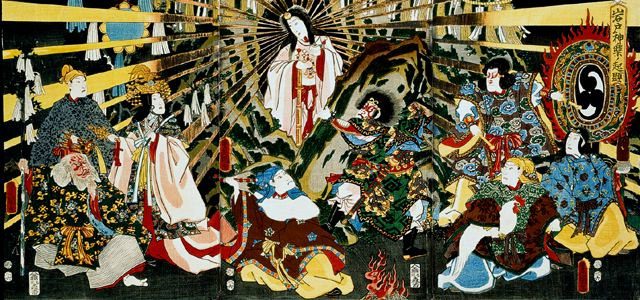
Why are women banned from fully participating in certain aspects of Shinto? For the simple reason that they menstruate. This natural process makes women impure in conservative Shinto thinking. In other words, they think women are dirty.
The subordination of women was apparently not always inherent to Shinto. Putting aside the fact that the supreme Shinto kami Amaterasu is herself female, women were once able to attain high status in ancient Japanese religion. One of the earliest rulers in Japan that we know of, Himiko, was a shaman, and even today this legacy continues with the majority of shamans in Japan being female. It has been theorised that the decline of power of women in Shinto was due to the introduction of the Confucianism and Buddhism in Japan in the Heian period, as these two belief systems were more patriarchal in nature.
UNESCO: Promoting gender equality?
As a secularist, I am opposed to any religion being given the right to discriminate against people due to their gender when other institutions are prohibited by law from doing so. But my main contention in the case of Okinoshima is the fact that UNESCO sanctions this discrimination.
According to the dedicated “Gender equality” section on UNESCO’s website, “UNESCO considers gender equality as a fundamental human right, a building block for social justice and an economic necessity. It is a critical factor for the achievement of all internationally agreed development goals as well as a goal in and of itself.”
If that is the case, why is UNESCO awarding World Heritage Status to sites that are acting in direct opposition to their goal of promoting gender equality?
Okinoshima and Mt. Omine are not the sites practising gender discrimination that UNESCO has granted its prestigious World Heritage Status. There’s also Mt. Athos in Greece that prohibits women, Haji Ali in India that bans women from entering the inner sanctum, and the Ayyappa Temple in Sabarimala which forbids women on its annual pilgrimage, to name a few.
I believe that if UNESCO is truly sincere in its statement that it considers gender equality a fundamental human right, it should stop awarding its World Heritage Status to places that actively prohibit people from participating in them on the basis of their gender. Doing so not only sanctions the continued sexual discrimination within those sites themselves, but also gives the green light to sexism on a broader scale. It is a message that sexual discrimination is acceptable and permissible within religion. According to its World Heritage website, UNESCO “…seeks to encourage the identification, protection and preservation of cultural and natural heritage around the world considered to be of outstanding value to humanity.” Can a place truly be considered “outstanding value to humanity” if it bans 50% of humanity from entering on the basis of their gender?
If UNESCO were to withhold its World Heritage Status from sites that practise gender discrimination, it would send a clear signal that it is committed to its goal of promoting gender equality and, what’s more, it may encourage some of these religious institutions to become more progressive and inclusive.
UPDATE 16/07: Apparently, Okinoshima will ban all visitors who are not Shinto priests from 2018. However, according to a spokesperson from Munataka Taisha, academics will be allowed to enter the island for research and preservation purposes. I wonder if this includes female academics?
Sources and further reading:
Ambros, Barbara R (2015). Women in Japanese Religions
Katu, Genchi. A Study of Shinto: The Religion of the Japanese Nation
Okano, Haruko (1993). “Women and Sexism in Shinto”. Japan Christian Review.
“Japanese sacred island where women are banned gets Unesco world heritage listing,” The Guardian
“The Heritage Of Not Including Women,” GoUnesco
The Sacred Island of Okinoshima and Associated Sites in the Munakata Region
Wikipedia, “Okinoshima (Fukuoka),” “Women In Shinto“

